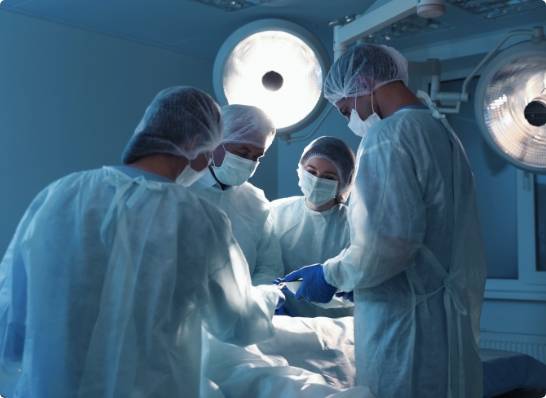+918048054165

This is your website preview.
Currently it only shows your basic business info. Start adding relevant business details such as description, images and products or services to gain your customers attention by using Boost 360 android app / iOS App / web portal.
Description
Oncoplastic breast surgery (OPBS) consists of two main words: “onco” and “plasty”. It denotes the use of plastic surgery techniques while following the rules of cancer surgery. Surgery is one of the most effective modalities of treatment in solid cancers like breast cancer. If the disease is localised to a limited area in the breast, then breast conservation surgery (BCS) is possible. In BCS, the tumour is removed with adequate margins and axillary lymph nodes (armpit glands) are also addressed. Sometimes due to the position of the tumour, or the size of the tumour and the breast, a simple closure can result in change in shape and loss of symmetry between the breasts. To overcome these shortfalls, the concept of oncoplasty was introduced as early as the 1990s. Sometimes, the oncoplastic procedure is performed by the surgical oncologist themselves and in more advanced techniques, a plastic surgeon may join the surgical team for the reconstruction. The main goals of OPBS are: Complete removal of cancer tissue from breast and axilla Reshaping the breast to achieve a breast mound that is natural and symmetrical Type 1 oncoplasty: In this type of OPBS up to 20% of breast volume is removed during tumour excision and the local breast tissue is used to fill the cavity. Some sutures may be taken around the nipple areola to ensure it is centrally placed on the reconstructed breast mound. Type II oncoplasty: These are more advanced techniques and are employed when larger area of resection are required (20-50% of breast volume removed). It involves reduction mammoplasty techniques (breast reducing and lifting techniques). Opposite surgery for symmetrisation (matching) may be needed in some cases. Advantages Before breast cancer surgery, you can discuss reconstruction options with the surgeon. The surgeon can explain the step-by-step surgical plan, how the scars will be placed, the area excised, the reconstruction options and how each will affect the appearance of the breast. Once you understand that, you can opt for the kind of reconstruction you want based on your treatment and cosmetic goals.


